The race to save Silicon Valley's untold Black history: 'Nobody had recorded any of this ever'
In 1958, Roy Clay Sr. set off in a shiny 1956 Black Ford on a four-day, 2,300-mile journey from his hometown of St. Louis to San Francisco. “We had excellent road maps, some good old common sense, and my mother’s prayers. That’s all we needed – so I thought,” he wrote in his memoir last year.
With few spots for Black travelers to stop for food or the night, Clay and his family were guided along Route 66 through a hostile terrain of Confederate flags and “colored only” restrooms by the Negro Motorist Green Book.
One of the first African Americans to graduate from a previously all-white college or university in a former slave state, Clay was headed for a job at Lawrence Livermore National Laboratory to create a radiation tracking software system mapping the aftermath of a nuclear explosion.
At the time, the world wasn’t welcoming to Black professionals. Clay hoped the Bay Area would be “a place for new beginnings.”
It was.
Over nearly five decades in Silicon Valley, he was a key figure in the development of HP’s computer division, ran his own consulting firm, advised one of the world’s top venture capital firms on investments in future tech giants like Intel and Compaq and started a successful company that manufactured electrical safety test equipment.
What’s more, the future hall-of-fame technologist was among the first to recruit math and science graduates from historically Black universities and colleges and show them the ropes in the fast-growing tech industry.
“Roy was the firestarter,” said longtime technology executive Ken Coleman, the son of a Centralia, Illinois, maid and a heater factory laborer, who Clay helped land a job at Hewlett-Packard out of the Air Force in the 1970s. “He lit the first match.”
Yet very few people have heard of Clay. Tales like his have largely gone untold, much like Black female mathematicians in the 1960s NASA space race before "Hidden Figures," the Margo Lee Shetterly book and the Hollywood film adaptation showcased their exploits.
Syracuse University historian Herbert Ruffin says missing accounts like these from the early days of Silicon Valley are slipping from the world like water into the crevices of a sidewalk.
“It’s going to take something tremendous to suck that water back out so we know what exists in those cracks,” said Ruffin, author of “Uninvited Neighbors: African Americans in Silicon Valley, 1769–1990.”
Today, Black Americans are taking it on themselves to preserve the historical record before it's lost to the passage of time along with the legacy of Silicon Valley veterans like Clay, who at 93, is in frail health and no longer able to give interviews.

Black Americans fight to preserve their forgotten history in Silicon Valley
In 2016, technology veteran Kathy Cotton made a documentary, “A Place at the Table: The Story of the African American Pioneers of Silicon Valley.”
Cotton, who started out in Silicon Valley in 1976 and worked as a recruiter and human resources administrator for Motorola and HP, says she was determined to chronicle for the first time the early African American contributions to the tech industry.
Fellow Black tech veterans invited her into their homes and offices and poured out their stories. “All of us knew nobody had recorded any of this ever,” Cotton, 79, said. “There were no heroes who came and saved us. We saved ourselves.”
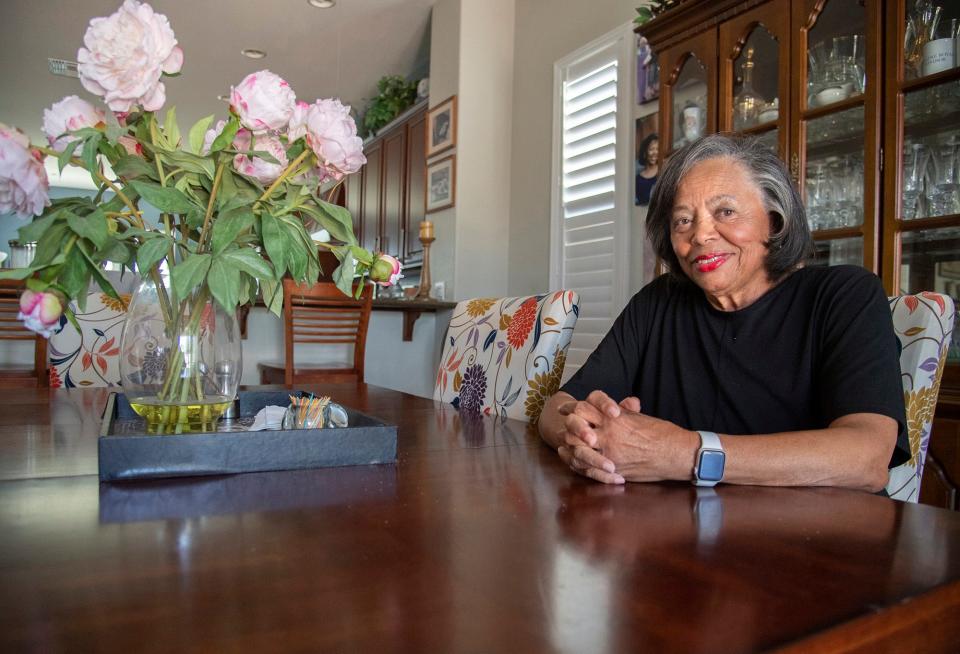
Cotton bonded with Clay over their shared desire to fill in the historical gaps. “He understood exactly what I was trying to do because it was in line with how he had lived all his life,” Cotton said.
During a Q&A session following the documentary’s premiere at San Jose City College, a student asked: “Where have you people been? Why don’t we know about you?”
Last year, with the help of his three sons and writer M.H. Jackson, Clay tried to answer that question by publishing a memoir, a blend of family memories and career highlights.
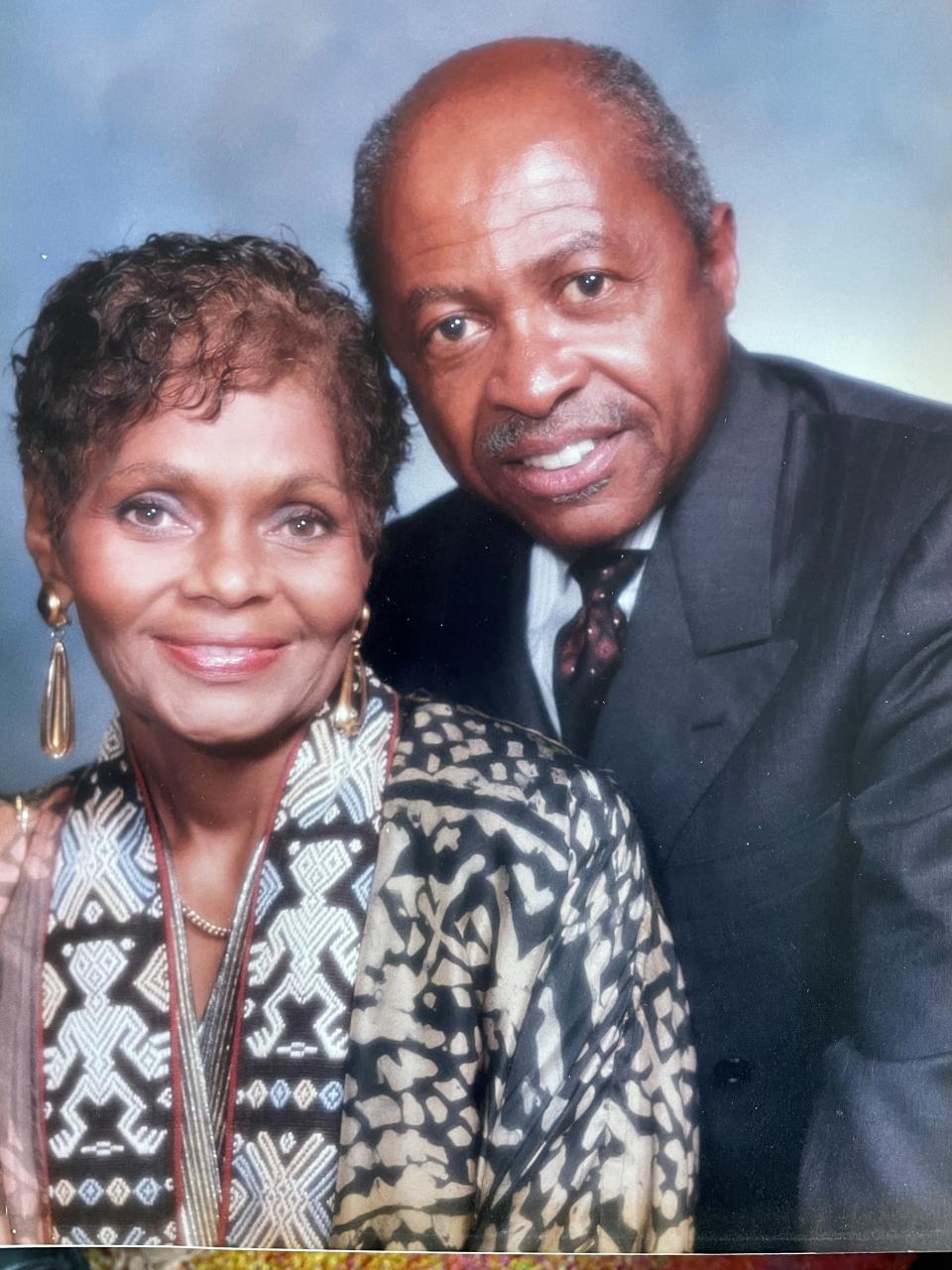
“Unstoppable: The Unlikely Story of a Silicon Valley Godfather” fulfilled the last wish of his wife, Virginia Clay, who died of cancer in 1995. His sons hope it will bring the recognition they think their father deserves.
“I think there are a lot of unspoken or not famous contributors to technology and Silicon Valley that don't get mentioned," said Chris Clay, who works in business development and product management at software company SAP. "He's certainly one of them."
From 'no jobs for professional Negroes' to Hewlett-Packard
Roy Clay’s story began in Missouri in the all-Black town of Kinloch. As a teenager, he earned two or three dollars a day mowing lawns and pulling weeds in nearby Ferguson.
One hot August day, he was perched on the curb outside a grocery store cooling off with a soda after work when a police car pulled up. Two officers threw him against the vehicle, frisked and handcuffed him. He was relieved when the officers dropped him off with a warning and a racial slur: “Don’t let me catch you again in Ferguson.”
“It could be said that I was lucky, as some 70 years later, an 18-year-old black man, Michael Brown Jr., was fatally shot by a white Ferguson police officer not far from where I had fortunately survived my encounter with the Ferguson police,” Clay wrote in his memoir.
In 1950, Clay graduated with a degree in mathematics from St. Louis University. His credentials landed him a job interview as an engineer at McDonnell Aircraft. But when he showed up in a black suit and tie, he was turned away. The company had no jobs for “professional Negroes.”
Clay refused to give up and kept sending in applications. In 1956, he landed a job as a computer programmer for McDonnell. He joked that he “brought a little color” to weekly staff meetings.
“There I was, a mathematician working in computer programming, not realizing I was on the front side of ‘the digital divide’ and just steps away from my journey through Silicon Valley,” Clay wrote in his memoir.
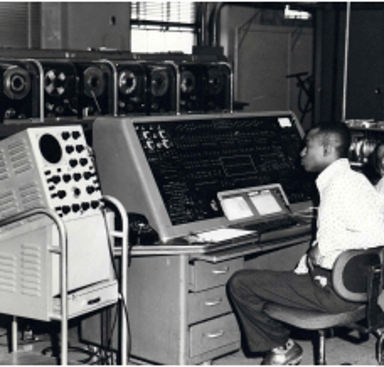
At Lawrence Livermore, he caught the eye of director Edward Teller, who arranged for him to commute by helicopter from his home in Palo Alto across the San Francisco Bay to Livermore, a perk normally reserved for upper management.
“I was always an observant guy, which led me to realize that the business world was changing. Just a few years earlier, businesses were not using computers much at all,” Clay recalled.
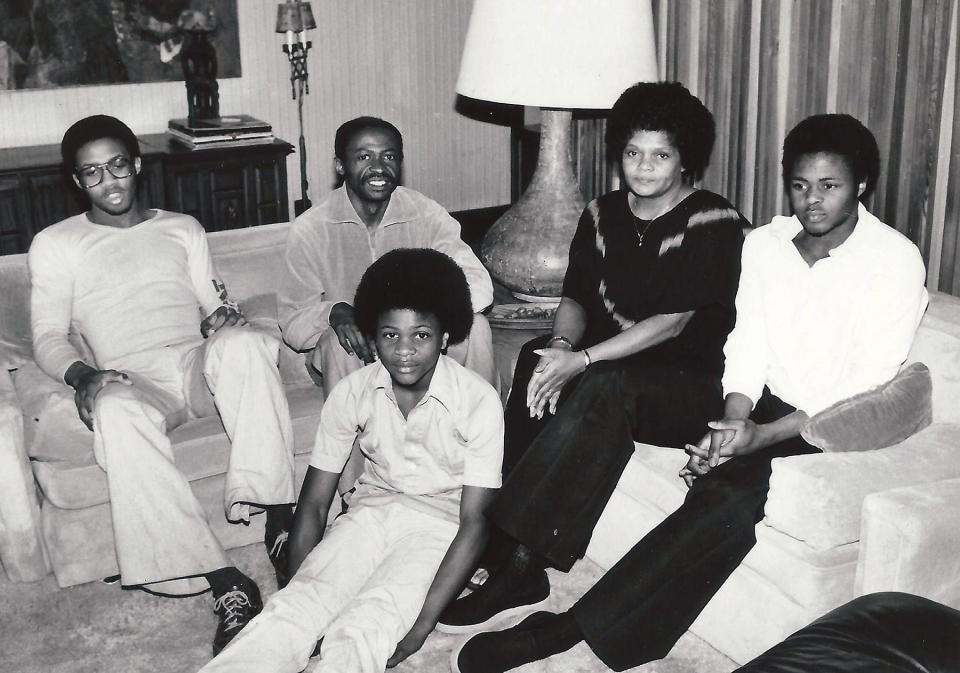
Clay believed computers would get smaller, faster and less expensive and he wanted to get in on the ground floor building them.
After a stint at Control Data Corp., HP co-founder David Packard recruited Clay in 1965 to set up HP’s computer business. Clay led the development of the HP 2116A minicomputer, the company's first computer.
“I specified the products to be offered, and I designed and wrote some of the software,” Clay recalled in his memoir.
In staffing his division, Clay recruited from the first graduating class of the Stanford University computer science program. He also hired graduates from historically Black colleges and universities, such as Morehouse College.
An early advocate of ‘flex time’ and the ‘HP Way’
In more ways than one, Clay was the kind of out-of-the-box thinker that Silicon Valley prizes.
As a manager, he was among the first in the nation to design flexible work schedules for his employees − albeit because he enjoyed playing a round of golf before work.
“I decided that the hours of greatest communication were between 10 am and 2 pm. Therefore, I asked that everyone be in the office between those hours, to avoid having trouble with scheduling meetings,” Clay wrote. “The remaining hours worked were at the discretion of each individual employee.”
When HP co-founder Bill Hewlett found out that his son Jim, a software developer who reported to Clay, had a tee time before work, he rang Clay. The conversation was not friendly.
“Without exception, an HP employee should report to work at 7:45 am, take a coffee break between 9:35 am and 9:45 am, take lunch between 11:45 am and 12:30 pm, take a coffee break between 2:35 pm and 2:45 pm, and leave work at 4:30 pm,” Hewlett told him.
Jim Hewlett managed to calm his father down. “When word got around in the industry about my ‘flex-time’ approach to managing my employees, I started to get calls from many professionals in the field who were looking for new job opportunities,” Clay recalled in his memoir.
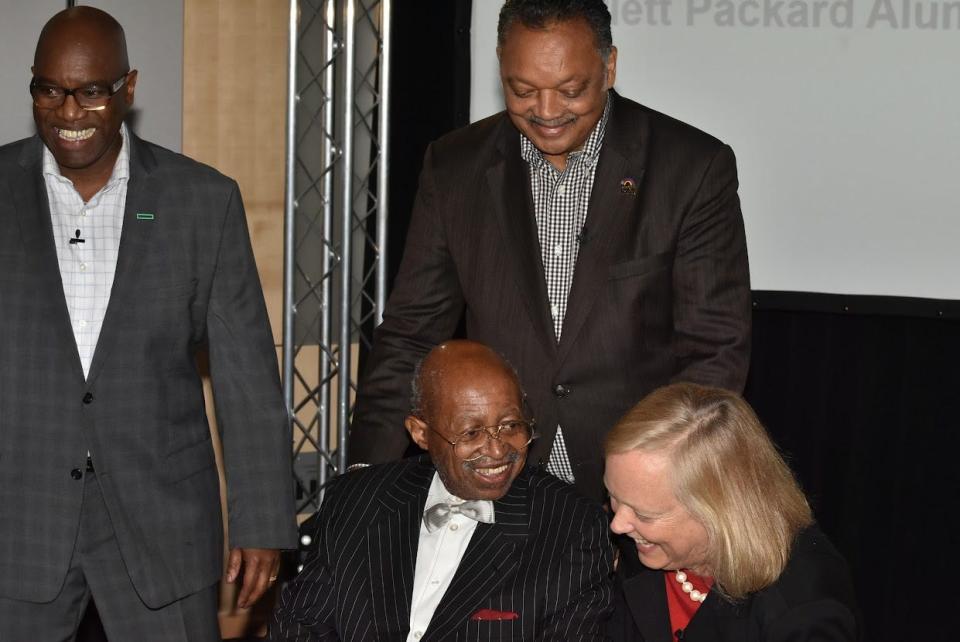
Lonnie Golden, professor of economics and labor employment relations at Penn State University, said Clay's approach was innovative for the 1960s.
As part of what became known as the "HP Way," Hewlett-Packard was the first U.S. corporation to officially adopt "flex time" in the 1970s after observing the benefits of the policy at a company plant in West Germany, a spokeswoman said.
A Silicon Valley entrepreneur and diversity leader
In 1971, Clay left to form his own consulting business. He helped venture capital firm Kleiner Perkins identify investments that went on to become some of the biggest names in tech like Tandem Computers. Later, he spotted a new market for safety devices and started his own company manufacturing electrical safety test equipment.
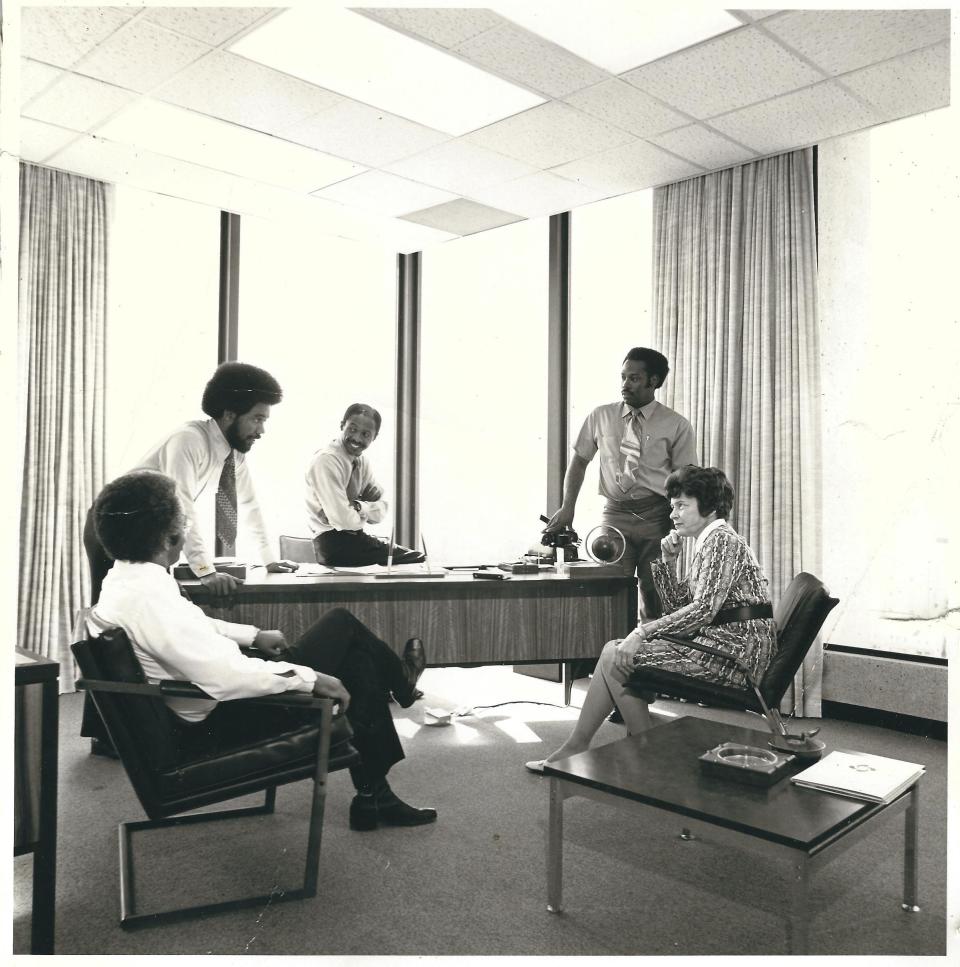
At the time, ROD-L Electronics was one of the few tech companies in Silicon Valley founded by an African American and one of the largest employers of Black professionals. Clay said the diverse range of voices and perspectives gave his company a competitive edge.
Carlton Holley, who got his electrical engineering degree at Howard University and his MBA from Wharton, turned down job offers from HP and IBM to work for ROD-L in 1985 after receiving a master’s degree in electrical engineering from Stanford, in large part because of the workforce Clay assembled.
“He had embraced and implemented a workforce that fully reflected diversity, equity and inclusion decades before that became a catchphrase,” Holley said. “When I went out for my visit, I saw women. I saw men. I saw Black Americans, I saw white Americans. I saw people from the Philippines, Vietnam and the Caribbean. It was the kind of workforce I thought a lot of companies should strive toward, and it really impressed me.”
Razing racial barriers in politics and private clubs
Clay’s accomplishments were not all tied to his work in the tech industry.
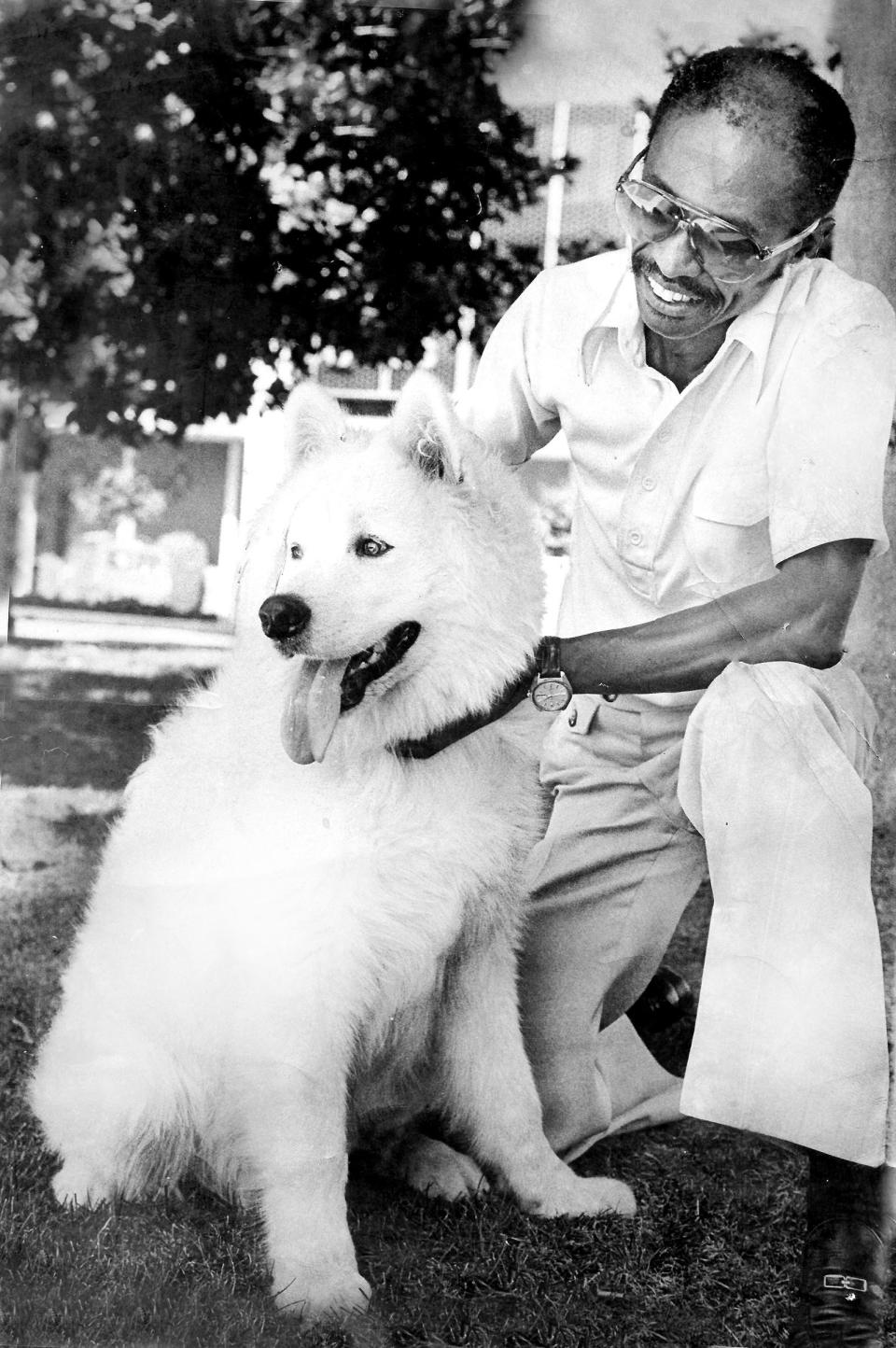
In 1973, Clay, who bought a home in an Eichler subdivision in Palo Alto, became the first African American elected to the city council. He strode into city hall with the confidence of Sidney Poitier in “To Sir with Love” and slipped his business cards to those who mistook him for a chauffeur.
“Every time I walked into that building or was mentioned in the newspaper, I realized it gave a lot of people, who looked like me, a sense of pride that is only understood by those who are deprived or underrepresented,” Clay wrote in his memoir.
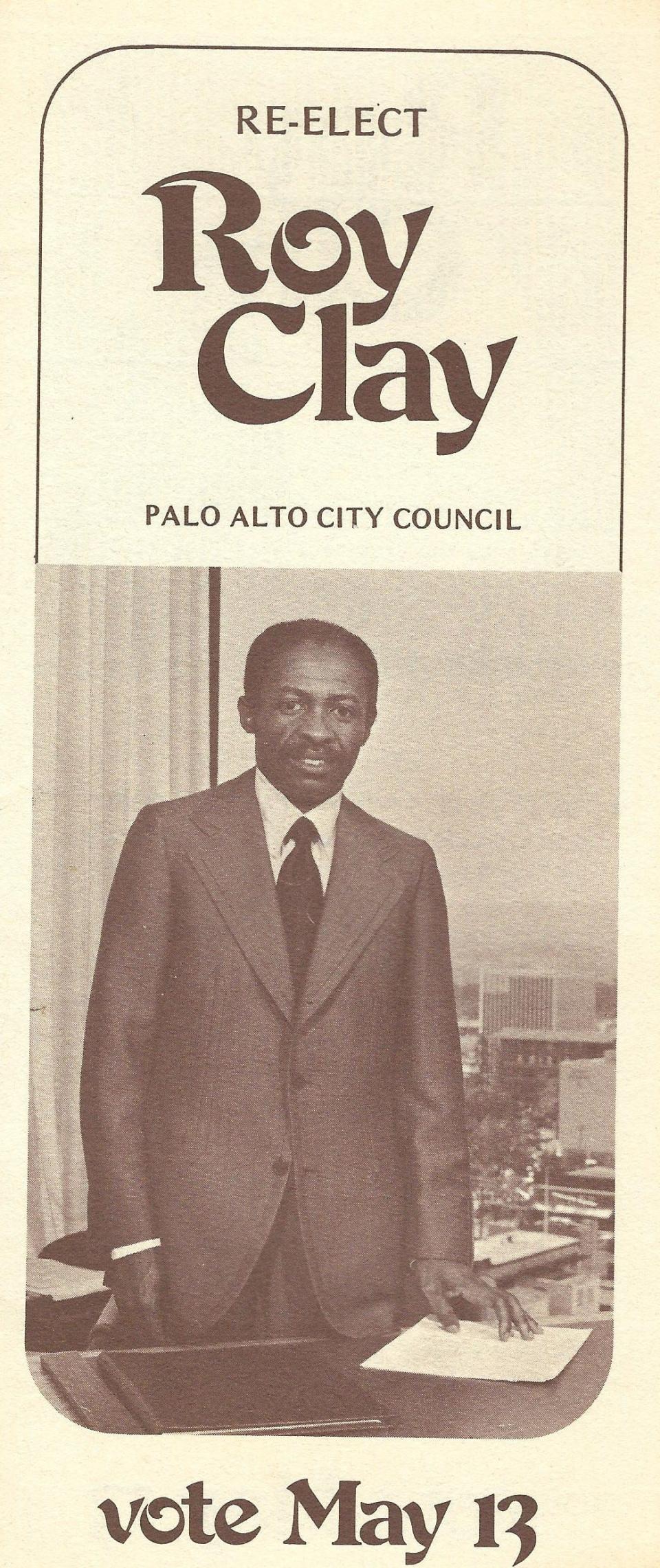
In 1987, he joined the prestigious Olympic Club, which, despite dropping its formal policy of racial segregation two decades earlier, had no Black members and was under pressure to admit minorities and women.
Intent on proving he was where he belonged, Clay nailed a solid par on the first hole and finished second in his group.
He came home to find the answering machine blinking. “You better not show your Black face at the Olympic Club, or you and your entire family are dead,” the anonymous caller threatened, using a racial slur.
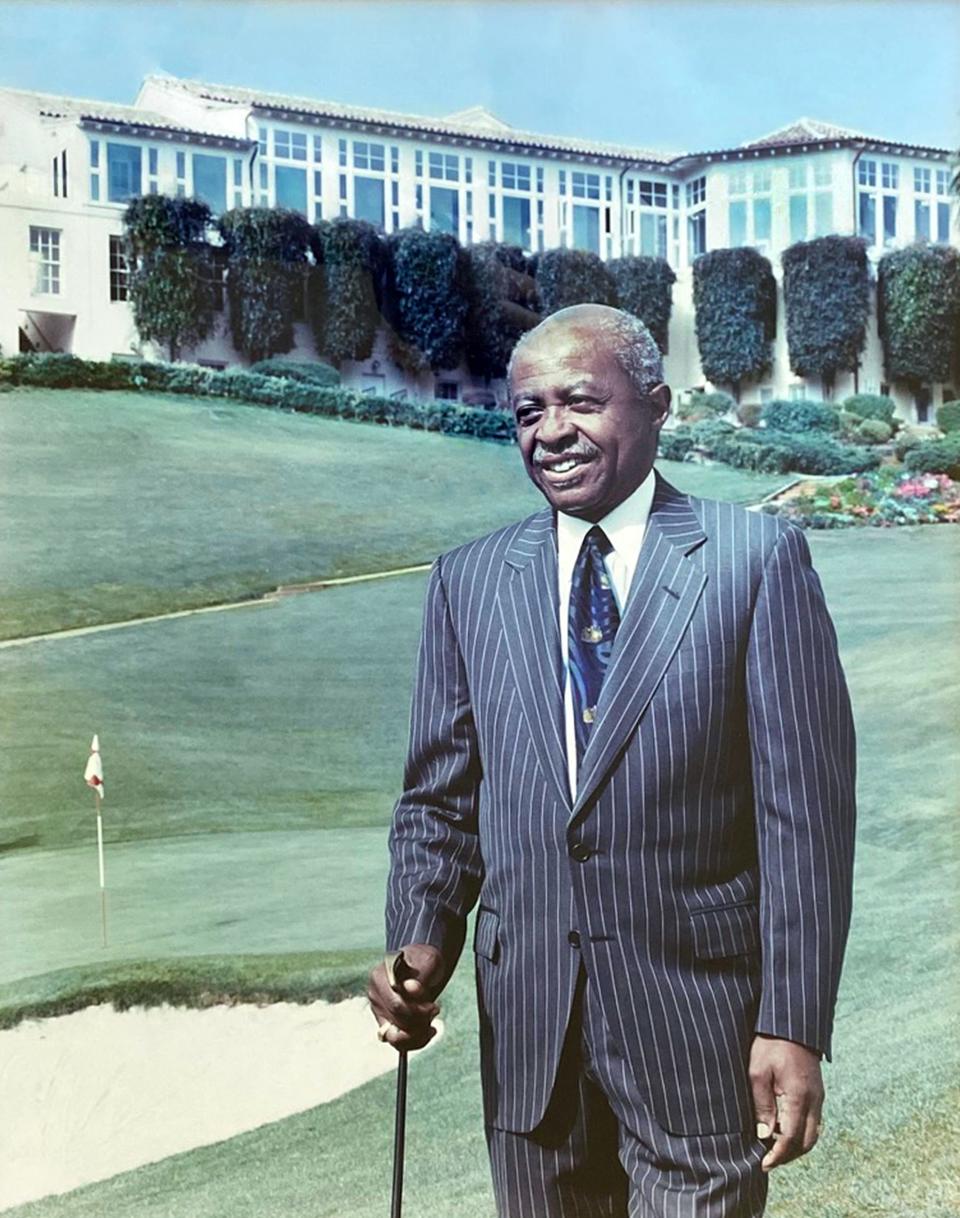
Silicon Valley: Land of opportunity and racism
Clay recognized “day one” the promise Silicon Valley held for African Americans, according to Cotton.
“He would say there are thousands of Black people graduating every semester in science and education, let’s go back and get them,” she said. “He saw California as an opportunity that no other state could give you.”
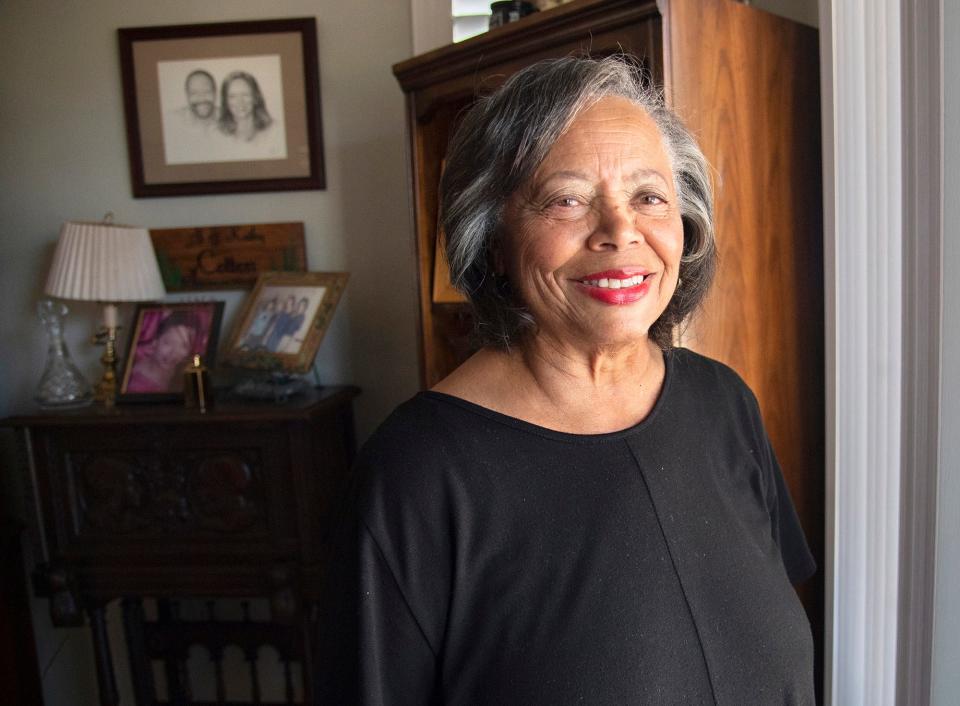
But racism was a constant thread throughout his career.
“Racism is the worst thing in the world,” Clay told Cotton. “We are quick to say that we are a nation that stands for freedom, but I’m talking about a group of people who have been deprived of equality, and that is what I have experienced in my lifetime.”

In the late 1990s, while lobbying tech companies to hire more people of color, the Rev. Jesse Jackson dropped by Clay’s office.
Clay gave his son Rodney a $100 bill to buy donuts at the local grocery store. A suspicious cashier locked the doors and detained Rodney. After Clay called to complain, the store manager rushed over to apologize.
“Who did he see sitting there in my office but Jesse Jackson and his team,” Clay recalled. “The look on his face was priceless.”
Clay, who was inducted into the Silicon Valley Engineering Council Hall of Fame in 2003, drew a straight line from his own experiences with racism to the deep racial divide that persists in the industry today and expressed dismay at Silicon Valley’s frequent justifications for that lack of diversity.
After the 2014 police killing of Brown in Ferguson, Clay penned an op-ed for the San Jose Mercury News. At the time, he was celebrating his 85th birthday.

Stereotypes, he warned, can be fatal. He implored people to think of the Trayvon Martins and Oscar Grants of the world as “a potential Roy Clay.”
“Fortunately, I survived my encounter with the Ferguson police. But it says a great deal that young Mr. Brown will not have the opportunity I had to attend college, build a career and raise a family,” Clay wrote. “Hopefully, my story will help explain why that makes us all the poorer.”
‘We have to find those traces of that history to present the fuller picture’
Inspired by Cotton's documentary, Silicon Valley Archives, a project by the Stanford Libraries to collect materials on the formation of Silicon Valley, is compiling “Histories of African Americans in Silicon Valley.”
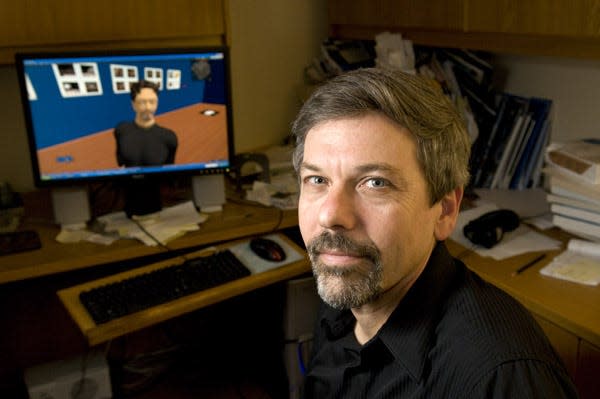
Henry Lowood, curator for Science and History Collections at Stanford University, says he’s tracking down people who’ve been excluded from the historical record.
“We need to look at Silicon Valley as it was in the 1950s and the 1960s and understand who was here and who was doing the work,” Lowood said. “We have to find those traces of that history to present the fuller picture.”
With few primary source materials such as memos and correspondence to rely on, the archive is conducting oral histories – with one eye on the clock.
The stakes, says Lowood, are high.
“There’s a whole generation of people we risk letting disappear,” he said.
This article originally appeared on USA TODAY: Silicon Valley hidden figures rush to preserve forgotten Black history


